- Your cart is empty
- Continue Shopping
Bishop Dual Prism Alignment Set
Product Description
The Bishop Dual Prism Alignment System, a new tool developed to provide advantages in measuring large angle strabismus prior to correction.
Background: In strabismus, one eye looks directly at the object being viewed while the other eye is misaligned inward (esotropia), outward (exotropia), upward (hypertropia) or downward (hypotropia). When the misalignment of the eyes is large the strabismus is called “large-angle,” referring to the angle of deviation between the line of sight of the straight eye and that of the misaligned eye. Accurately measuring the degree of strabismus using prisms is critically important when preparing for strabismus correction. Less than ideal results in strabismus surgery may be due in part to errors in the measurement of strabismic deviations. In addition, research has shown that the amount of deviation neutralized by an ophthalmic prism can vary depending on how the prism is held. Since acrylic prisms are available with a maximum of 50 prism diopters (PD), deviations larger than this, as in large angle strabismus, require the simultaneous use of two prisms. However, stacking two prisms in the same direction in front of the same eye often leads to measurement errors. Large deviations are best measured by dividing the prism power between the two eyes, holding each of the two prisms in the frontal (coronal) plane. But holding two prisms in front of the eyes requires two hands or considerable dexterity – and still errors can result.
The Solution: With the Bishop base plate, two base-in or base-out prisms are held in place using magnetic fixation to a metal plate with a ferrous surface. The tool with the two prisms can be positioned using one hand, freeing the other hand for note taking and/or esotropia), outward (exotropia), upward (hypertropia) or downward (hypotropia). . The prisms can be placed base in, base out, spaced for the patient’s PD, and are held correctly in the horizontal and frontal planes by magnetic fixation to the plate. The Bishop tool, developed by John E. Bishop, MD, of Texas, fixes the prisms in place, helping to eliminate measurement errors. The Bishop tool allows simultaneous placement of prisms in front of each eye with proper positioning. The system is designed to also work well on patients wearing trial frames.
Donation: A portion of each sale of the Bishop tool is donated to the Children’s Eye Foundation. –
Components: The set includes Red, plus the standard 16 prisms 0.5, 1, 2, 4, 6, 8, 10, 12, 15, 20, 25, 30, 35, 40, 45, 50 Diopters with magnets mounted for use with the base plate. Note: These magnetic prisms are not recommended for use with the Magnetic Stick.
RP # 6964
GL # 696400
| Weight | 0.5 kg |
|---|




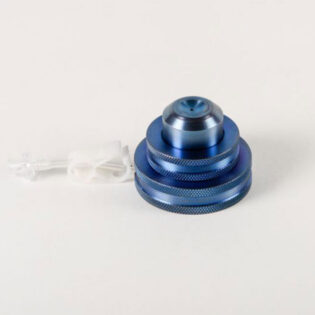



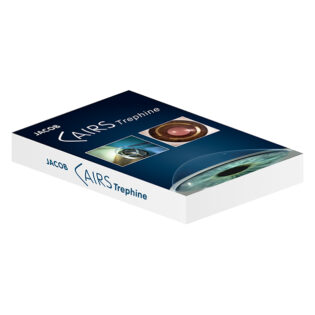
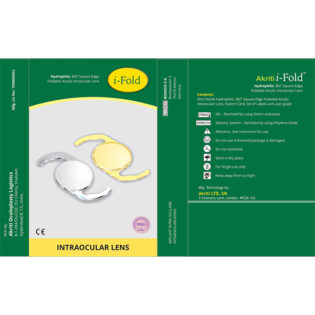

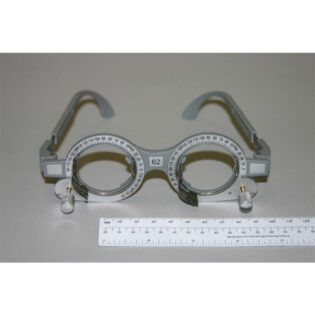


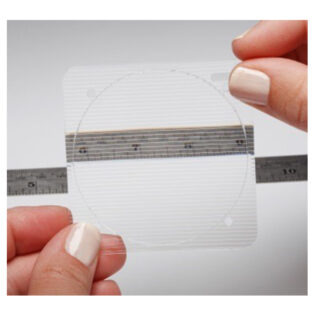

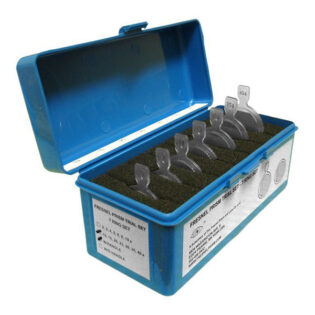
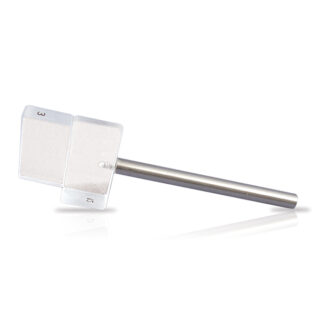

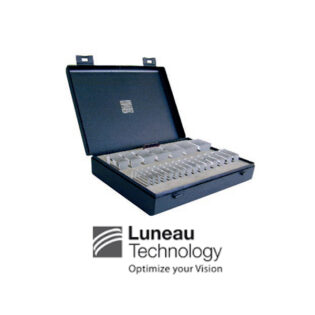
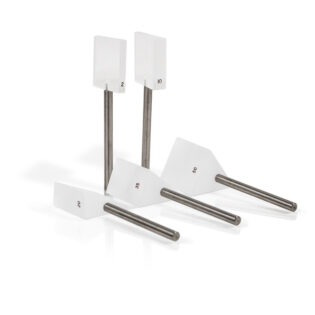

Reviews
There are no reviews yet.